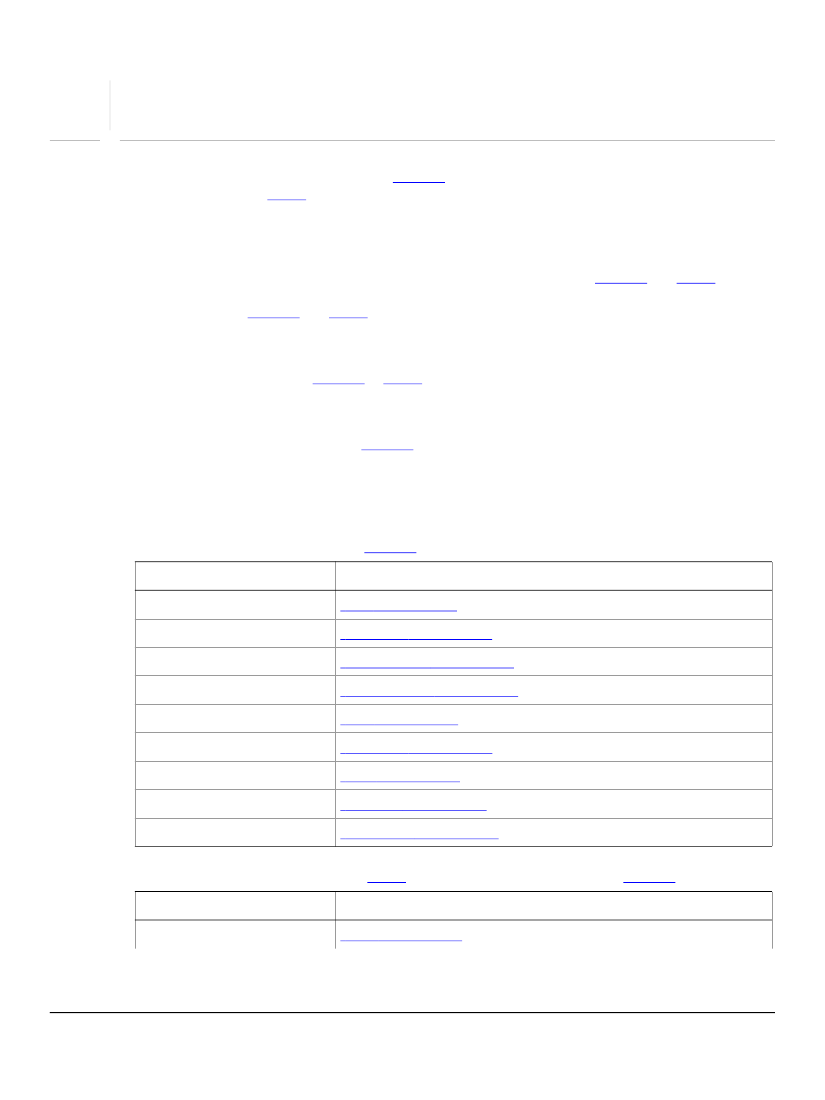
25
Rich Text Reference
Rich Text is expressed in XFA via the use of
[XHTML]
Style Sheet attributes
[CSS2],
and a number of style attributes and values that are currently not part of the
Cascading Style Sheet standard, but are proposed extensions. In addition there are several XFA-specific
attributes, but these use an XFA namespace so that the content incorporating them is still valid
XHTML/CSS.
The following sections describe the specific elements and style attributes of
[XHTML]
and
[CSS2]
supported. The accompanying descriptions and examples, however, are meant to be informative only.
Please consult the
[XHTML]
[CSS2]
capabilities and permissible values for the elements and style attributes.
XFA processors may implement a larger subset, or the entirety, of XHTML and CSS2 if desired, barring only
markup that is deprecated in
[XHTML]
[CSS2].
This specification sets out a minimum set that must be
supported.
XFA processors ignore any markup in rich text that they do not understand. For example, XFA processors
do not support the
head
element of
[XHTML].
When an XFA processor encounters an unrecognized
element such as this, it ignores the entire content of the element.
Summary of Supported XHTML and CSS Attributes
XFA processors support the following
[XHTML]
Element name
b
br
body
html
i
p
span
sub
sup
Where described
“Bold” on page 942
“Line Break” on page 937
“Body Element” on page 936
“HTML Element” on page 935
“Italic” on page 945
“Paragraph” on page 938
“Span” on page 945
“Subscript” on page 945
“Superscript” on page 946
XFA processors support the following
[CSS2]
style attributes on the above-listed
[XHTML]
Attribute name
color
Where described
“Color” on page 942
934